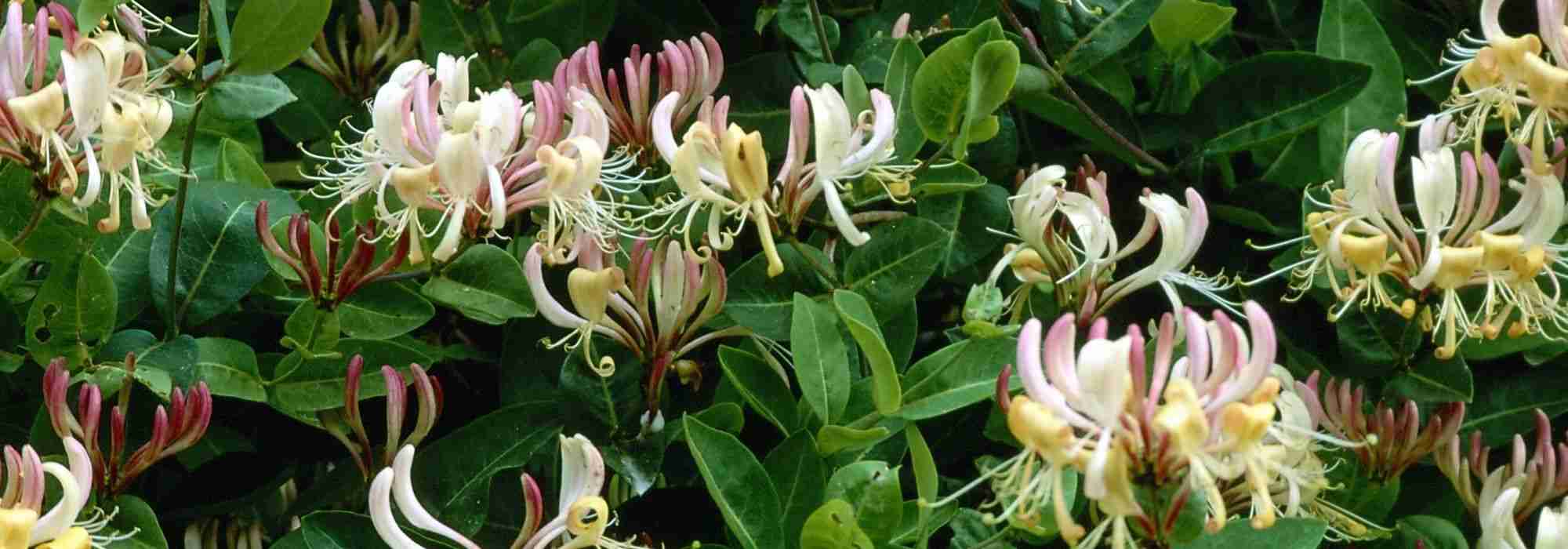
7 evergreen climbing plants for your garden
Tapestries of foliage and flowers all year round!
Contents
Evergreen climbing plants enable gardeners to create decorative displays year-round, even in the heart of winter. Used to hide an unsightly wall, dress a pergola, complete a hedge or form an attractive backdrop, they can also clamber up a tree, serve as groundcover or be grown in pots to adorn a terrace or balcony. While their main asset is attractive foliage all year round, some also display remarkable or scented flowering, often followed by equally interesting fruits. Discover my selection of 7 must-have climbing plants to keep garden vibrant 12 months of the year!
Evergreen clematis
Evergreen clematis generally show only moderate hardiness, around -10°C, but the beauty of their foliage makes them worth planting in mild climates. They also offer beautiful flowering, which occurs from autumn through to spring, and some even perfume the garden in the heart of winter.
Clematis armandii
Well known and often planted, this vigorous clematis displays, throughout the year, glossy dark green leaves, strongly veined, elongated and pointed in shape. Flowering occurs in early spring. Flowers diffuse a scent blending jasmine and orange blossom. The type species, which can reach up to 4 or 5 metres in every direction, is pure white, with a pink-tinged reverse in ‘Apple Blossom‘ or stronger shades for ‘Hendersonii Rubra‘. While ‘Little White Charm‘ is more modest in size, ‘Snowdrift‘ produces the largest corollas and blooms abundantly. This clematis does not cling to its support by itself and needs staking.
Clematis ‘Early Sensation’
This hybrid clematis is notable for its delicate foliage. Thick and very finely cut, it is a glossy pale green, reminiscent of parsley. Slower to establish, it reaches 2 to 3 metres in every direction. It flowers in early spring, in corollas resembling white daisies with a greenish centre, gathered in clusters. Decorative interest continues thanks to the fruiting, which appears as silvery helices with a silky appearance, and which persist for a long time.
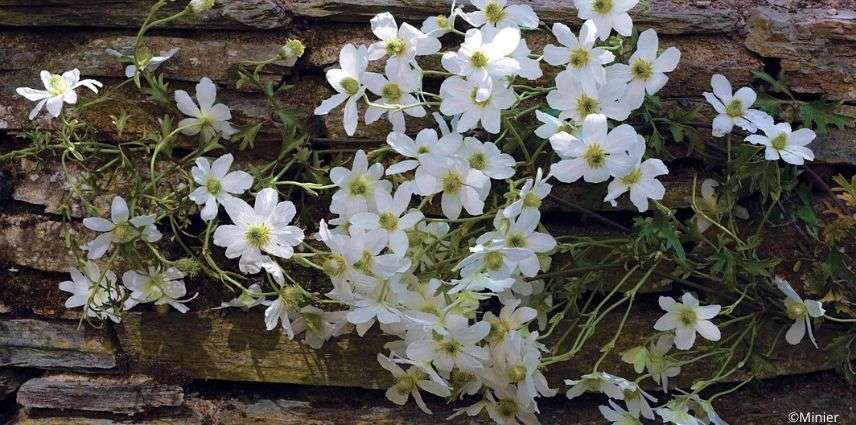
Clematis ‘Early Sensation’
Winter clematis
The Clematis cirrhosa, sometimes called “Christmas clematis”, are true winter jewels. From autumn, and sometimes until spring, it is above all in mid-winter that their bell-shaped, trailing flowers light up the garden and festive tables. The foliage is waxy, dark green, lobed and more or less dentate, and can turn purple under the effect of cold. It then sets off corollas that can be white in ‘Jingle Bells’, slightly freckled with pink in ‘Winter Parasol’, or with more marked purple spots in the variety ‘Freckles’, which is also the most frost-hardy. These vigorous lianas, though tender, can climb to 2 or 3 metres.
Their requirements
Light, deep soil in sun or partial shade, sheltered from cold winds. ‘Early Sensation’ prefers soils that remain cool but well drained, without too much lime. Armandii and cirrhosa, for their part, tolerate drought and more alkaline soils.
→ Find all our evergreen clematis and discover our advice sheet for choosing, planting and growing evergreen clematis, as well as our video on planting clematis.
Climbing hydrangeas
Genus Hydrangea does not include only bushes. Indeed, there are hydrangeas climbings, and some are evergreen. This is, for example, the case of l’Hydrangea seemanii, a liana with rather rapid growth, which reaches 4 or 5 m. Its foliage is particularly decorative. Leaves are narrow, pointed and elliptical, of a clear glossy green and form a screen of attractive density. Flowering, in large flattened umbels, is cream-white and occurs in summer. It follows large decorative buds, similar to those produced by peonies.
Another climbing hydrangea, Hydrangea petiolaris ‘Winter Surprise’ lives up to its name. Its foliage has the particularity of turning purple under winter cold, especially on the underside. Its star-shaped flowers, in flat white clusters, open at the end of spring. Fairly slow-growing, it usually takes 3 years to establish, then develops more rapidly afterwards, eventually reaching 4 to 5 metres as well.
Although not a hydrangea, the Pileostegia viburnoides deserves mention here. Its foliage is ovate and thick with a pointed tip, and shows similarities with that of Hydrangea seemanii. Some even see a resemblance to rhododendron foliage. The inflorescences are also quite similar, and open in large cream-white panicles, which are furthermore very melliferous. Still little known, this climber can also behave as a creeping plant if it does not find support.
Their requirements
Climbing Hydrangeas, like Pileostegia, appreciate shaded to semi-shaded positions, in fresh but not waterlogged soil. Hydrangea seemanii is more sensitive to lime. Hardy between -10°C and -15°C, they all cling unaided, thanks to aerial roots that do not damage their support.
→ Discover our selection of climbing hydrangeas and our guide on Planting, pruning and care of Hydrangea.
Discover other Climbers
View all →Available in 0 sizes
Available in 0 sizes
Available in 0 sizes
Available in 0 sizes
Available in 0 sizes
Available in 1 sizes
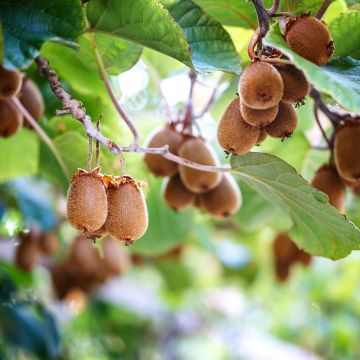
Available in 2 sizes
Available in 1 sizes
Available in 1 sizes
Jasmines
Also known as ‘mock jasmines’, Trachelospermums, 2 m to over 6 m tall, do belong to a different genus from true jasmine. Very fashionable, they are among the stars of climbing evergreen plants. Foliage is thick, glossy, ovate and pointed at tip. Dark green in the species, it can take more or less reddish-purple tones under effect of cold or drought. Variety ‘Winter Ruby’ is the one that colours with most fidelity. If foliage green is more or less dark, there are also cultivars with cream, white, yellow or orange variegation, such as ‘Variegatum’ or ‘Ogon-Nishiki‘ (the latter being, however, more tender). ‘Theta‘ is original, with darker, finer foliage whose central vein is highlighted with silvery grey. Flowering of Trachelospermums, abundant, occurs from spring to summer, in clusters of small, wheel-shaped flowers and with a very strong perfume, capable of scenting a large part of the garden. Mostly white, flowers take on a delicate pink in ‘Pink Showers‘, or yellow in Trachelospermum asiaticum and ‘Star of Toscane’.
False jasmines develop long stems, which become lignified with age and can take a twisted appearance. They require training on supports, and some develop aerial roots on damp supports.
Growing requirements
You can plant your mock jasmine in any aspect, but deep shade gives less abundant flowering. A little slow to establish, this liana needs well-drained soil and can resist drought once roots are well established. Some require a sheltered spot from cold, especially in northern regions, and they can tolerate calcareous soil, although asiaticum are more sensitive.
Note: there are other jasmines with evergreen foliage, but their low hardiness (often -5°C) means they must be planted only in very mild climate, in greenhouse or conservatory. Among them, discover:
- Virginia jasmine (Gelsemium sempervirens)
- Arabian jasmine (Jasminum sambac)
- Azores jasmine (Jasminum azoricum)
- Primrose jasmine (Jasminum mesnyi)
- Starry wild jasmine (Jasminum multipartitum)
→ Discover our wide range of jasmines, as well as our guide to planting, pruning and caring for jasmine.
Ivies
Grown for its decorative foliage and strong ground-covering effect, ivy is one of the easiest and most robust evergreen climbers, especially in shaded parts of the garden. Reaching from 60 cm to over 20 m, it is used to clamber up old trees or to conceal an unsightly structure. It can also form decorative hedges year-round, cover a wire fence or be used as ground cover, for example on a slope that is difficult to plant. If using it on buildings, make sure it has sound masonry to cling to.
Its triangular leaves display more or less pronounced lobes and some are adorned with very elegant variegation. Fast-growing, ivy is also a boon for bees when its flowers in umbels open between late summer and autumn. The berries that follow, bluish-black at ripeness, are also relished by birds. While common ivy is one of the most used, some species and varieties provide an extra ornamental touch, such as ‘Goldheart‘, whose dark green is highlighted by a heart of golden tones. ‘Sagittifolia‘ stands out with its very elongated lobes. Of modest size (4 m), it can be easily integrated even into small gardens. ‘Kolibri‘, the little one of the group, hardly exceeds 60 cm and is easy to grow in a pot on a terrace or balcony. In mild, dry climates, Algerian ivy ‘Gloire de Marengo‘ is superb, with its convex leaves that blend shades of green, grey, silver, cream and white, all borne on red petioles. In wetter, cooler areas, Persian ivy is ideal, provided you have room to accommodate it. Although it grows more slowly than common ivy, it can easily reach 10 m, even more under optimal conditions.
Their requirements
Very easy to grow, ivies tolerate all soil types that are fresh and well drained, and resist drought once established. In shaded or dark parts of the garden, variegated varieties do benefit from a little more light, but avoid very exposed, scorching situations. Hardy from -12°C to -25°C, these climbers can be grown almost anywhere!
→ Discover our range of ivies as well as our fact sheet on Planting, cultivation and pruning of ivies.
Honeysuckles
Essential evergreen climbers, the Honeysuckles combine many qualities. Easy to to grow, disease-resistant, undemanding about soil type, often fast-growing, they are also usually highly fragrant and perfume the garden from late spring to autumn. Their voluble stems entwine trellises, branches or pergolas and allow them to climb 2 to 6 m for the species most commonly grown. Their generous foliage consists of leaves of ovate shape, most often green. Some varieties, such as ‘Copper Beauty‘, display glaucous and bronze highlights to great effect, while others show striking variegation. This is, for example, the case with ‘Aureoreticulata‘, with green foliage crossed by numerous yellow veins, or ‘Mint Crisp‘, which looks as if it has been entirely splashed with yellow.
Honeysuckles are known for their powerful but not overpowering scent. White and yellow in many varieties (such as the widely used ‘Hall’s Prolific‘ and ‘Halliana‘), the flowering can also take on orange-yellow hues in ‘Copper Beauty’ or pink and salmon tones for the variety ‘Celestial‘. ‘John Clayton‘, to be grown in all soil types, has a very long flowering period, while the scent of the wood honeysuckle ‘Scentsation‘ is particularly powerful. The small berries that appear afterwards are slightly toxic to humans but are a treat for birds.
Their requirements
Honeysuckles grow almost everywhere, although evergreen habit may be less reliable in harsher climates. A deep, cool but well-drained soil suits them, whether acidic, neutral or calcareous. These climbers prefer semi-shaded positions.
→ Find our selection of Honeysuckles and our advice sheet on Planting, pruning and maintenance of honeysuckle.
Holboellia
Still not widely planted, the Holboellia, or Goufla, is an original voluble liana. Its green foliage is leathery. In early spring it is adorned with flowers whose colour varies according to sex. If male and female flowers occur on the same plant, the former appear in small pendulous whitish‑green clusters on the previous year’s shoots, while the latter develop at the base of young shoots, in small purplish‑pink bouquets. These flowers, whose shape recalls that of campanulate flowers, are delightfully fragrant. If summer is warm, elongated purplish fruits appear late in the season and are edible. Of fairly rapid growth, this climbing plant can occupy its support up to an average of 5 metres. In Holboellia coriacea (or Vigne Bleue de Chine), flowering is discreet but fragrance is pronounced. Holboellia latifolia in contrast bears larger leaves. In the same family, one can mention Stauntonia, which looks quite similar. Its foliage is amber in spring, then turns a deep blue‑green. Of rapid growth, this liana can quickly reach 10 m in height. Its support therefore needs to be appropriate and vigour controlled. These lianas show medium hardiness (-8°C to -10°C) and prefer regions with mild winters.
Growing requirements
Holboellia prefers sunny or semi‑shaded positions. Plant in deep, fertile, humus-bearing, moist but well‑drained soil.
→ Find our selection of Holboellia.
Berberidopsis
Berberidopsis, or ‘coral plant’, is a little-known evergreen climbing plant that is nonetheless strikingly elegant. Its foliage, narrow and leathery, is glossy green and slightly dentate. Late in season, between July and October depending on region and weather, it is scattered with clusters of small bell-shaped flowers of a glossy, waxy coral-red, borne on long peduncles. This contrast with the foliage is highly ornamental. Of moderately rapid growth, Berberidopsis can climb to 3–5 m, and its weakly voluble stems produce a few sparse climbing roots. Its hardiness is moderate (from -5°C to -12°C depending on nature of soil in which it grows) and a substantial mulch helps it withstand winter rigours. It can also be grown in a large container for overwintering, or in a lightly heated conservatory.
Growing requirements
Berberidopsis prefers slightly acidic, loose, cool but well-drained soils, especially in winter. Plant it in a sunny but not scorching position, or in partial shade.
- Subscribe!
- Contents
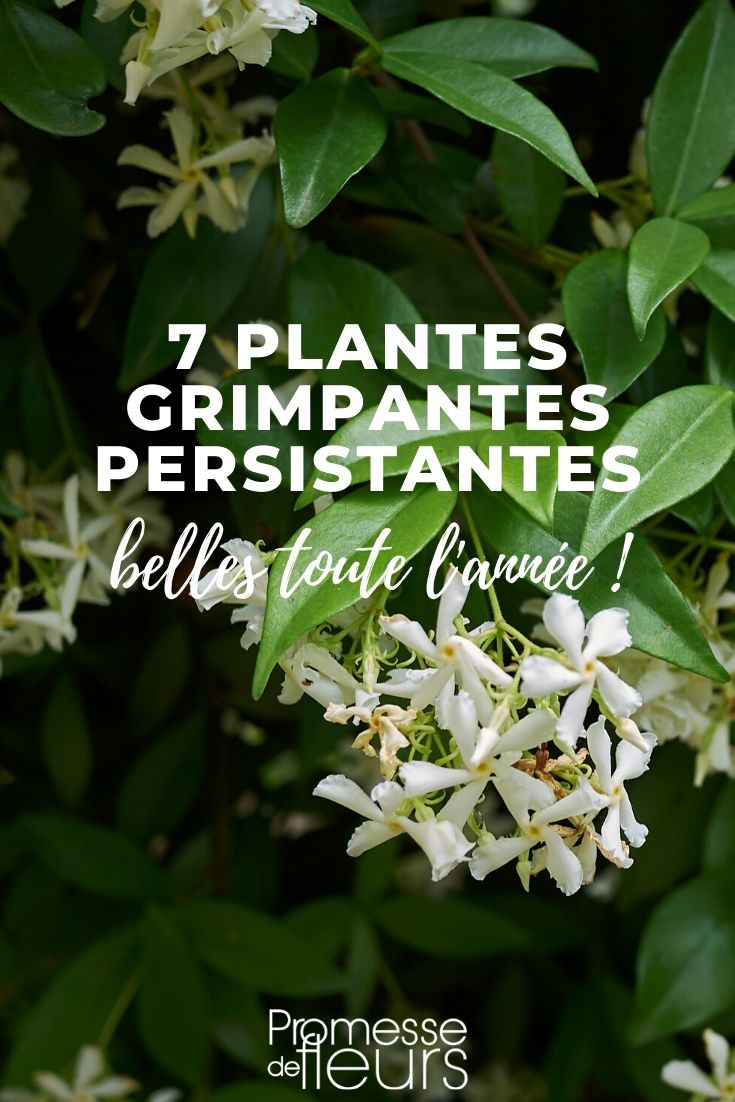































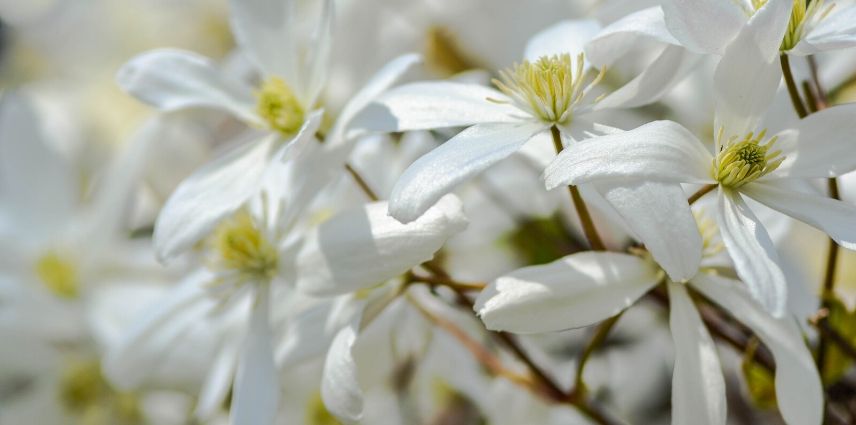
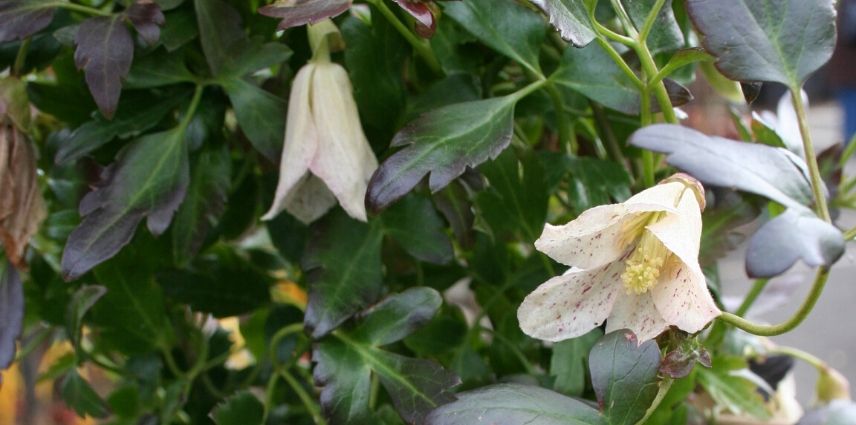
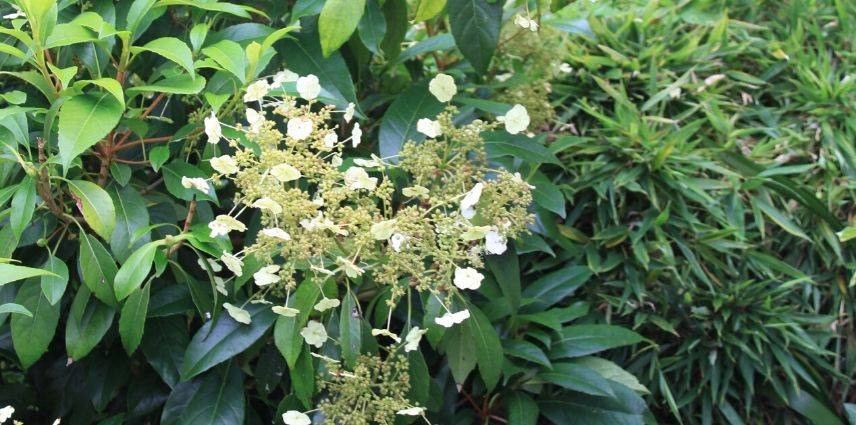

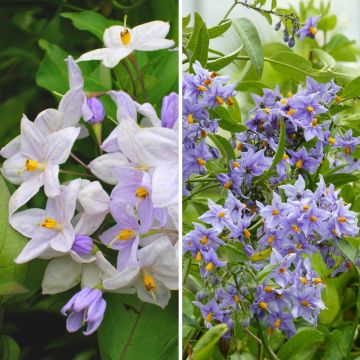
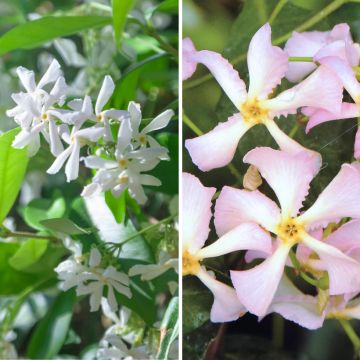
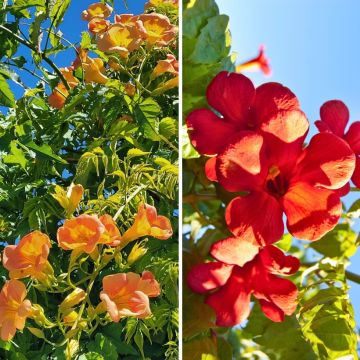
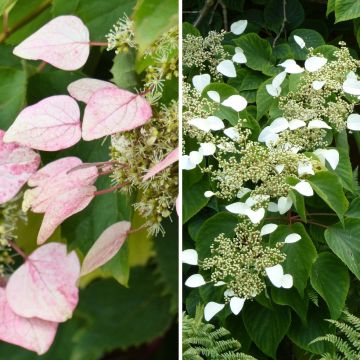
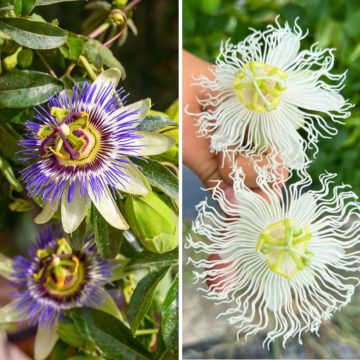

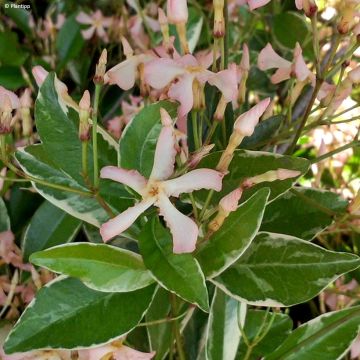

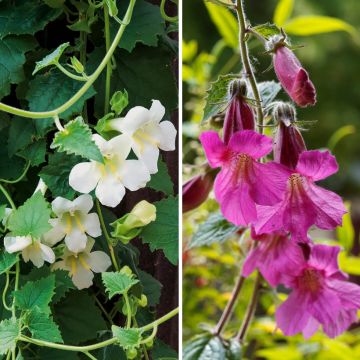
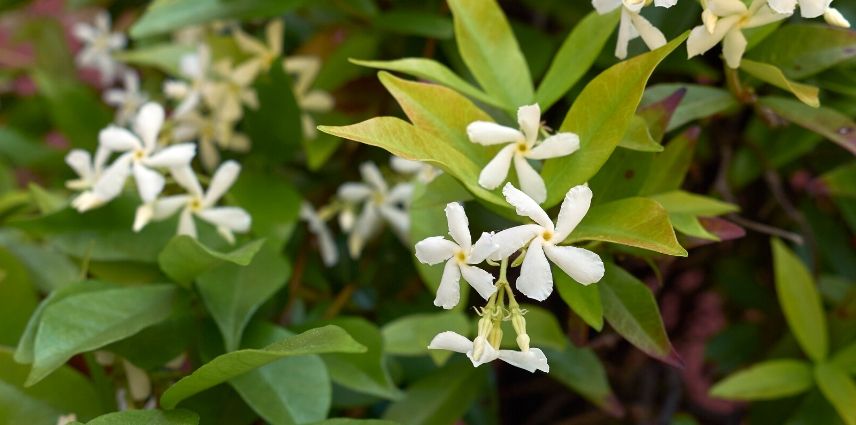
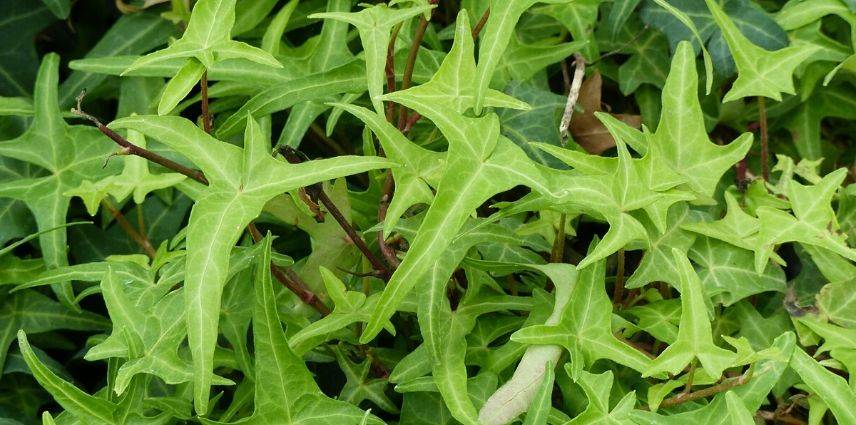
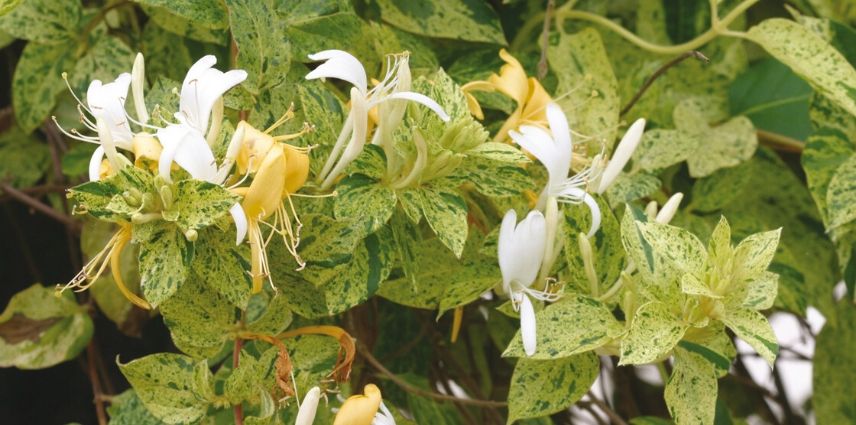
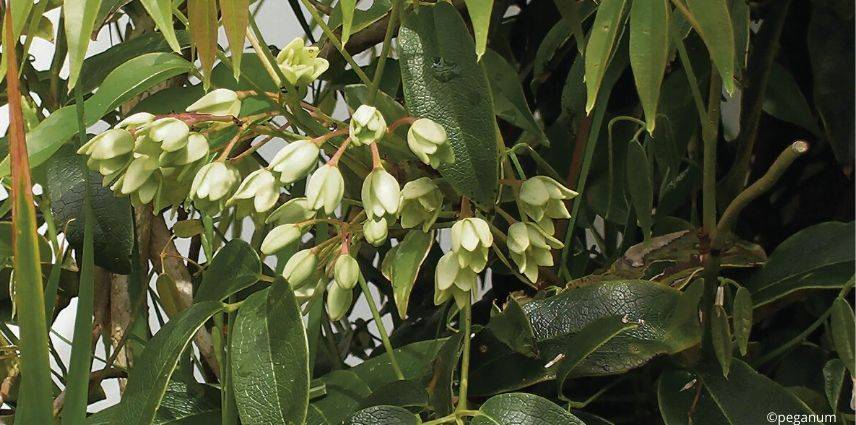
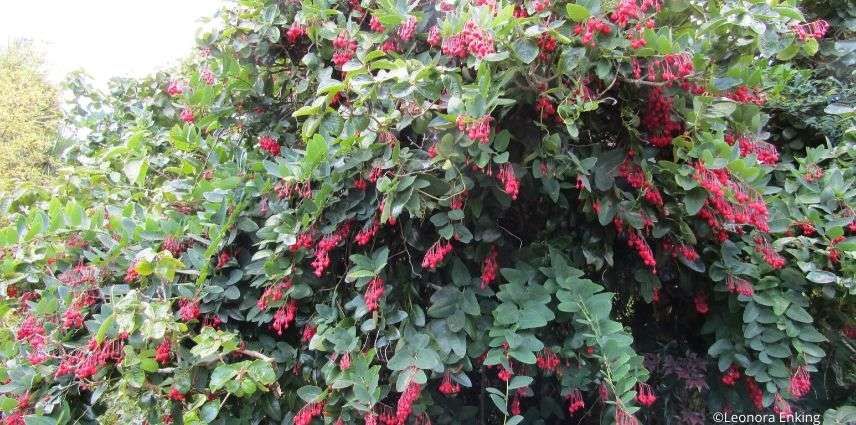
Comments